Have your ever wondered if you can add a basement to your existing a house? Many homeowners are exploring this possibility, especially those who crave more space but are reluctant to move or lose their cozy backyard to an extension. Adding a basement is a major home improvement project that involves excavating, reinforcing your home’s structure, and of course, constructing the basement itself. Essentially, it’s creating a whole new level of living space underneath your existing home!
Adding a basement to your home carries with it myriad benefits. Apart from providing your family with extra space, it can also significantly increase your property value – sometimes by up to 30%! A basement does not only offer a good return on investment, but it also offers flexibility in its usage. It can serve as a home office, an extra bedroom, a home gym, or even a covert man cave or she-shed. Plus, it’s the perfect spot to store all that stuff that’s been cluttering your attic or garage.
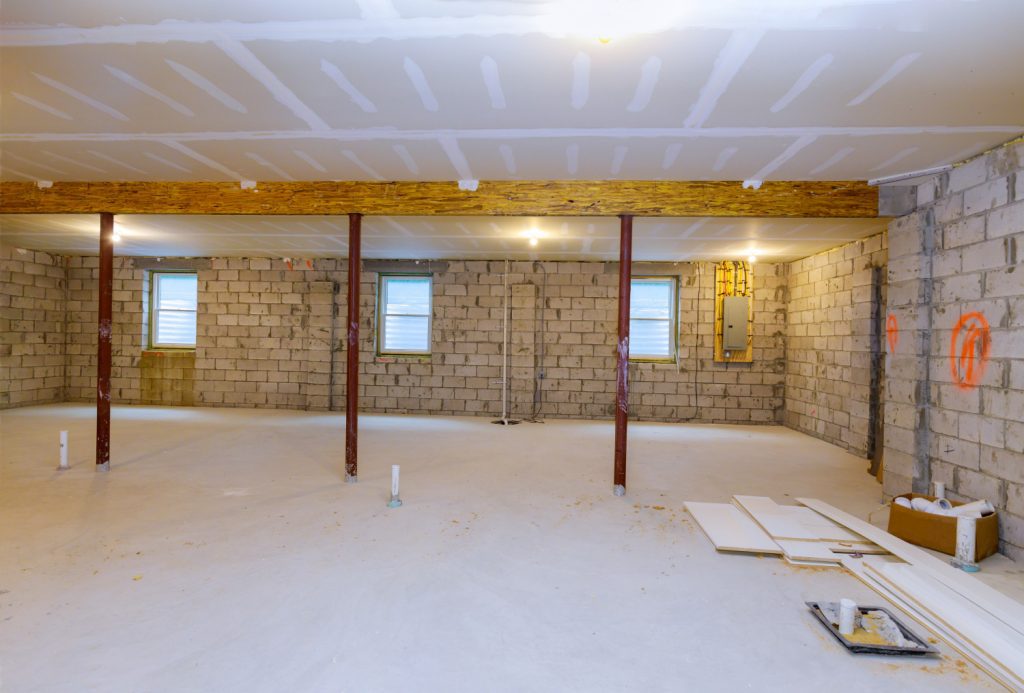
A basement also provides additional insulation, helping to reduce energy costs by keeping your home warm in the winter and cool in the summer. Furthermore, it can offer a route of escape during emergencies, enhancing your home’s safety. So, not only does a basement add a substantial amount of living space, but it also contributes to making a home more efficient, safer, and potentially, more lucrative.
Factors to consider before adding a basement
Making a decision to add a basement to a home is not something to be taken lightly. There are numerous variables to consider before embarking on such a project, let’s scout through some of them.
Home Structure and Foundation
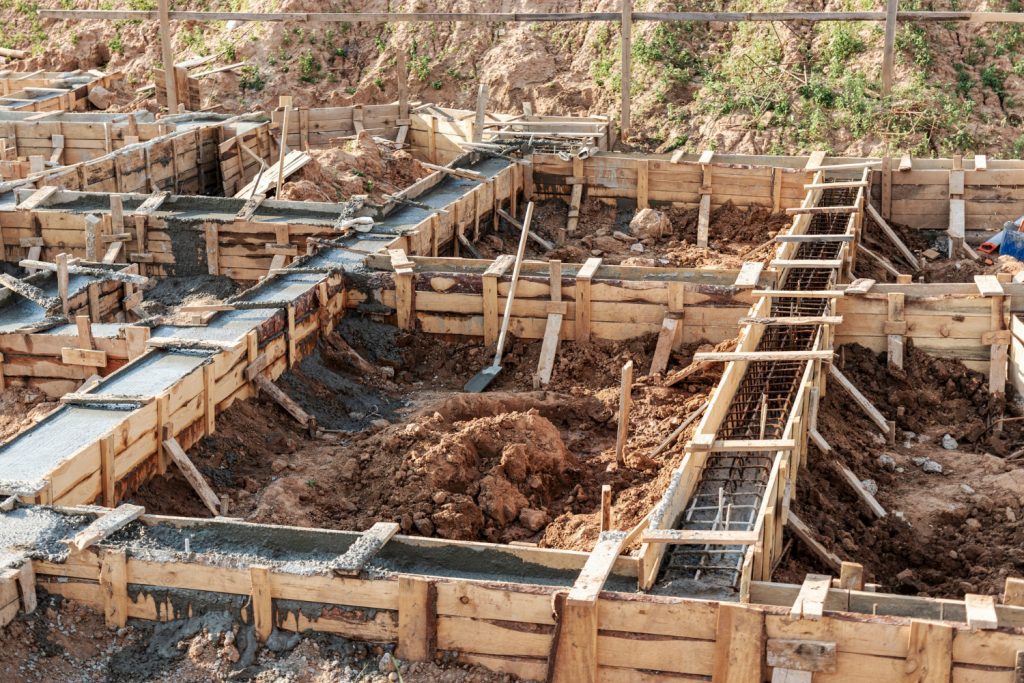
Perhaps the most important factor to consider when adding a basement to an existing house is the structure of the home itself and the foundation it’s built upon. Every home has a unique foundation footprint that’s designed to evenly distribute its weight. Analyzing the strength and stability of this footprint will provide valuable insights into the amount of work required to add a basement. Keep in mind, if the existing foundation isn’t strong enough to support an extra level, it might need to be reinforced. This is an undertaking that usually requires the help of engineering and architectural experts.
Legal and Building Regulations
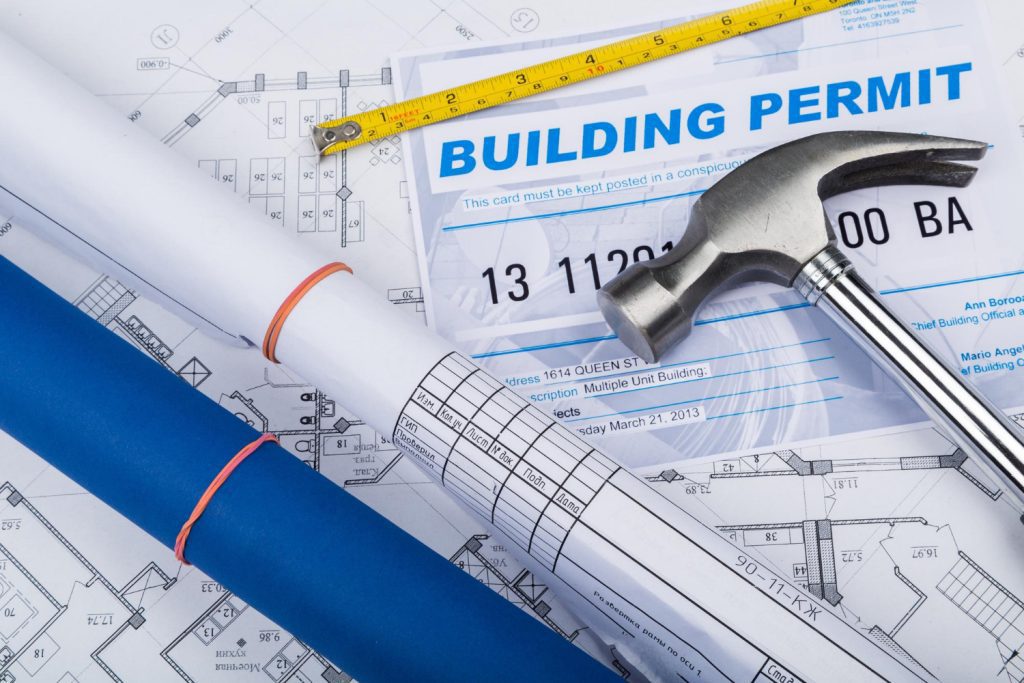
Next on your checklist should be the legal and building regulations. Different areas have different building codes and regulations, so do your homework and familiarize yourself with the construction codes in your area. In addition, you’ll need to acquire the necessary planning permission and approvals to legally start work. This process can take some time, so patience is a virtue here. Consulting with a local contractor or a lawyer specializing in property and construction law is definitely a good move to ensure that all legalities are taken care of.
Cost and Budget Considerations
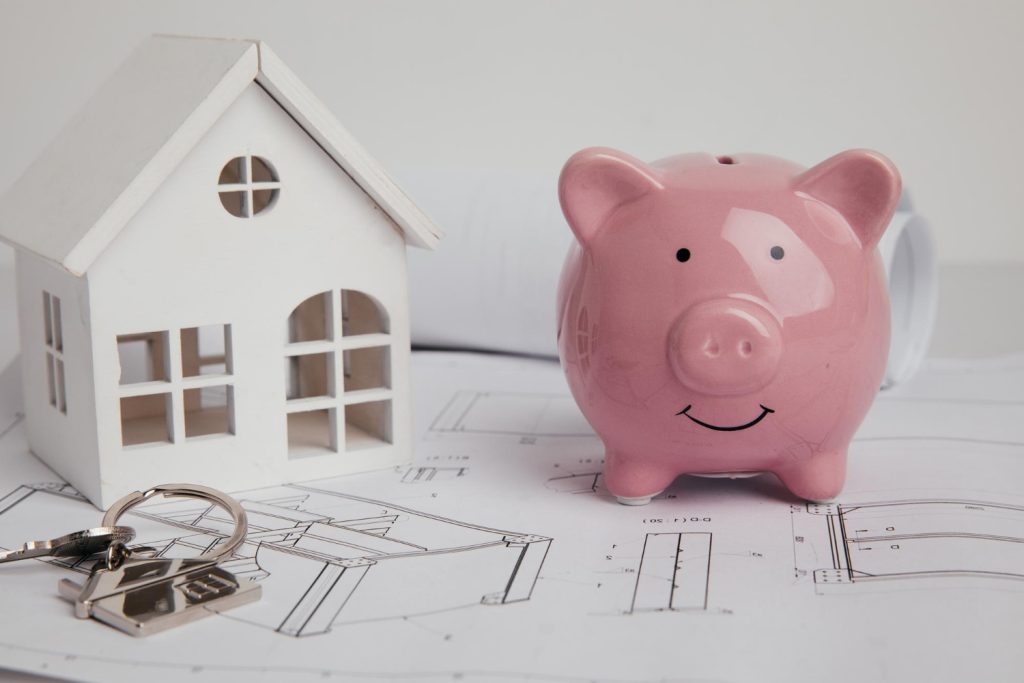
Another significant factor in the equation is the cost. Adding a basement can be quite pricey, depending on the size of your home, the type of soil, the amount of excavation required, and the finishes you choose. Make sure you have a clear budget in mind and always keep a buffer for unexpected costs. Get quotes from a few different contractors to ensure you’re not paying more than you have to. Furthermore, don’t forget to factor in the architectural, engineering, and permit fees.
Time and Patience
Last but not least, adding a basement to your home requires a considerable investment of time. From the consultation and design phase to the excavation, construction, and finishing stages, you’re looking at a couple of months, at the very least. During this time, your home and yard will be a construction zone. Having a generous pinch of patience to sprinkle over the entire process is a must.
the process
So, what are the main steps of adding a basement to an existing house?
1. The Initial Planning Phase
Before getting into the nitty-gritty of home improvement, you need to develop a clear and thorough understanding of what you want to achieve. Are you looking for extra space, a home theatre, or a secluded home office? Your goal is crucial in shaping the overall project. During this phase, take note of any possible challenges like your home’s location, the kind of soil, and the extent to which your home may be disrupted during construction.
2. Hiring Professionals: Architects, Engineers, and Contractors
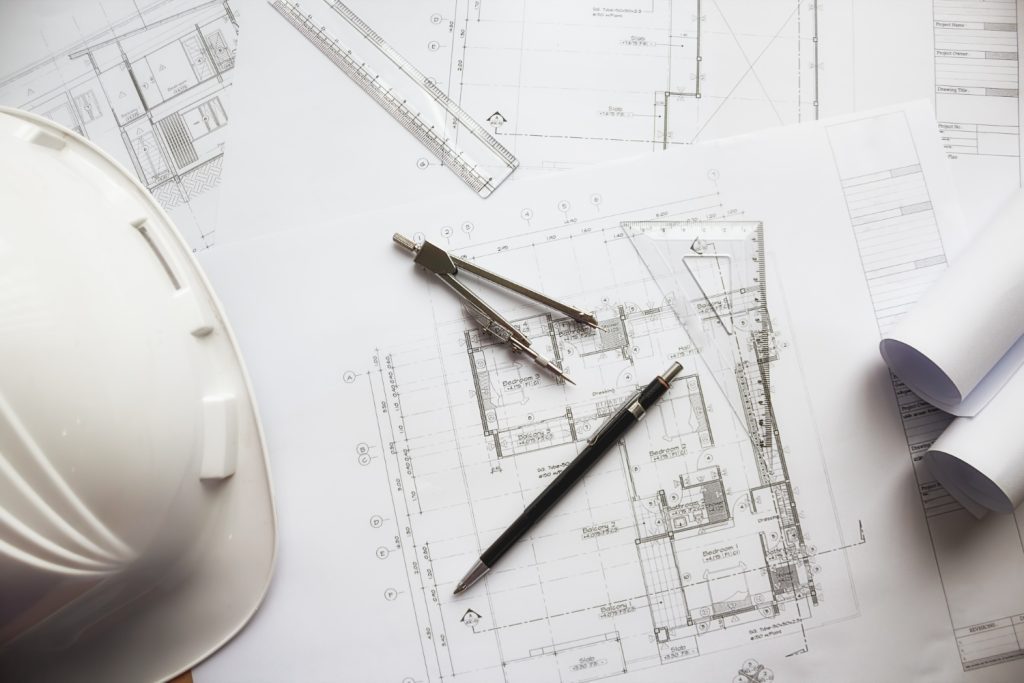
Hiring the right professionals is an indispensable part of the process. Architects can help conceptualize your ideas and bring them to life in a design, while structural engineers will ascertain the structural integrity of the design. To transition from design to reality, general contractors will manage the construction process. Remember, it’s essential to vet anyone you hire thoroughly. You’re not only looking for an expert, but for a reliable partner on this journey, which as we shall learn, is not a walk in the park.
3. Getting Necessary Permits and Approvals
This step is often overlooked, but the last thing you need is construction coming to a halt because of permit issues. Make sure to obtain the necessary permissions from your local government. This usually means submitting your architectural plans for approval and inspections of the work at various stages.
4. Project Implementation
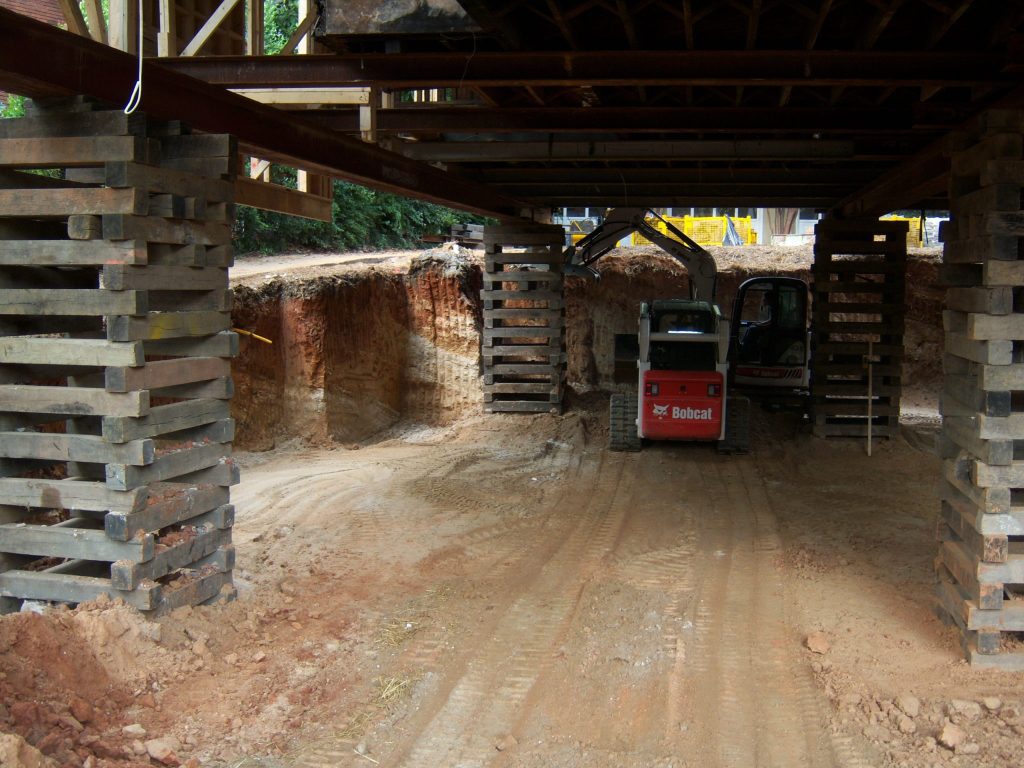
1. Excavation: This is the first, and perhaps the most disruptive, part of construction. Excavation involves the removal of soil to make way for the basement. Safety measures, like ensuring the stability of the adjoining ground, should be taken to prevent any mishaps.
2. Construction of the Basement: Once the area is excavated, the construction of the new foundation and walls begins. The precision in this step is key, as errors can lead to structural problems down the line.
3. Safety Measures during Construction: On a construction site, safety is always paramount. One of the most important factors to remember is to adequately support the house and the excavated area. Additionally, construction materials must be safely stored, and the site should be kept tidy to avoid accidents.
5. Post-Construction Steps
1. Waterproofing: Basements are naturally prone to dampness, and hence, excellent waterproofing is key. This ensures the longevity and the usability of the basement.
2. Ventilation and Lighting: No one wants to spend time in a dingy, suffocating basement, right? This is why good ventilation and lighting shouldn’t be an afterthought. Install quality ventilation to prevent the buildup of stale air, and strategically plan the lighting to transform the space.
3. Interior Design and Finishing: It’s time to let your creativity shine. Think of the paint, the flooring, the ceiling, the furniture. Make the space warm, inviting, and, most importantly, a space that beams with the aspects of your personality.
The potential uses of a new basement
Now that we’ve covered the process of adding a basement to your house, you might be wondering, “Why should I go through all this trouble?” Well, adding a basement to your home opens up a world of possibilities in terms of usable space. Here are four amazing ways you can utilize your new basement:
Extra Living Space
Your new and shiny basement can stand in as a fantastic extra living space. Unleash your creative side and design an inviting family room, a cozy den or even a second living room. A comfortable and well-designed basement can be the perfect hideaway for movie nights, parties or just an evening of relaxed family time. The best part is, you can furnish and decorate this room without worrying too much about matching the design and aesthetics of the rest of your house.
Home Office or Guest Room
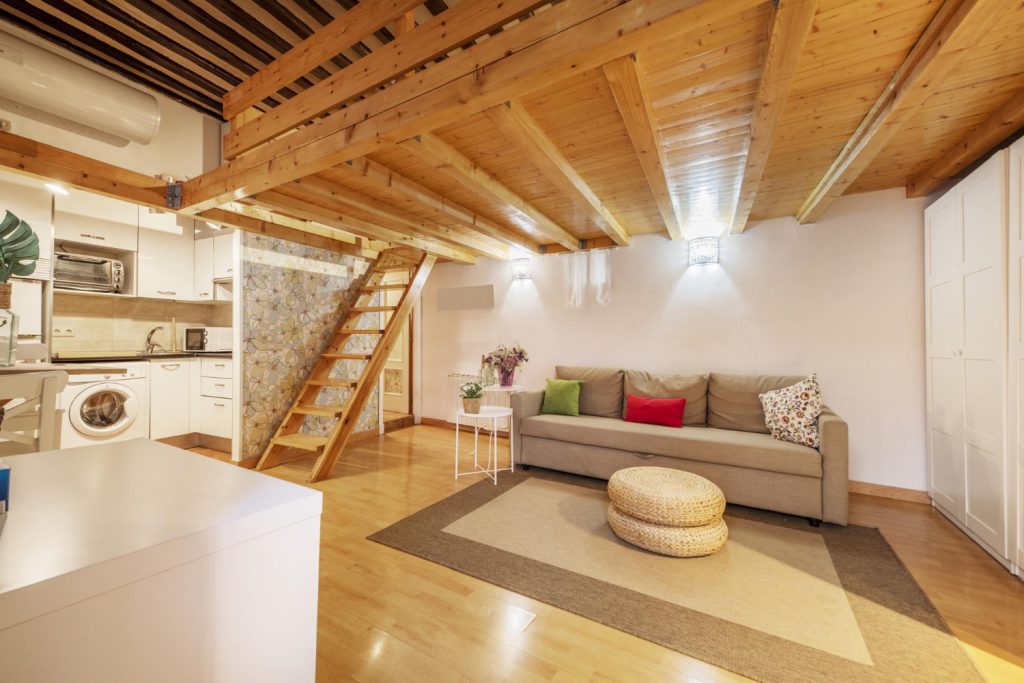
With many of us working from home these days, a quiet and comfortable office space within the house has never been more appealing. Your basement can serve as an excellent home office, away from the noise and hustle of the daily household routine. Just add a strong and stable internet connection, and you are all set for a productive workspace.
Alternatively, if you have frequent guests, a basement can be transformed into a stylish and cozy guest room. This additional room can provide a private space for your guests without disturbing the arrangements in the rest of your home.
Home Gym or Hobby Room
Were you always dreaming of having a home gym or a room for your favorite hobby? The new basement can offer you exactly the space you require. You can install your gym equipment, yoga mats, pilates balls, or weights and create a privacy-filled space to continue your fitness journey. For the hobby enthusiasts, the basement can serve as the perfect space to paint, craft, sew, or indulge in any activity you love, without the clutter spreading into the rest of the house.
Storage Space
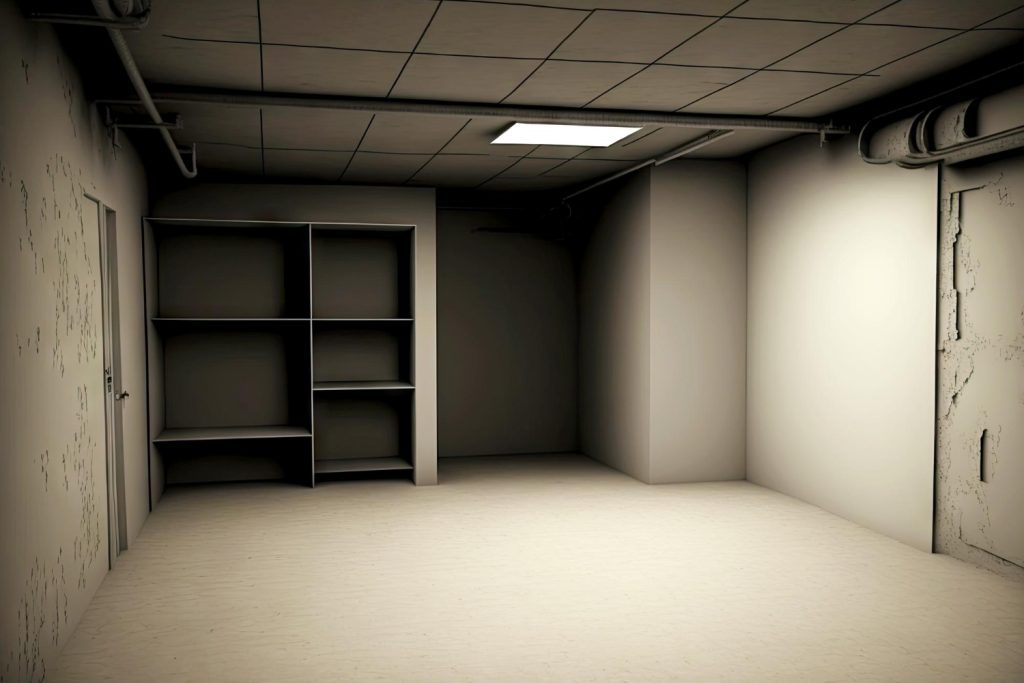
Let’s face it, no matter how many closets or cupboards we have, we can always use a bit of extra storage space. With just a bit of organization, a part of your basement can morph into a large, convenient storage area. This will not only help you de-clutter your home but also store items securely and readily available whenever you need them.
Thus, the basement greets you with endless possibilities; a canvas that you can turn into a beautiful and functional masterpiece, according to your lifestyle and personal preferences. Of course, the key lies in the right planning and execution, which can deliver a basement space that truly adds value and function to your home.
The impact of adding a basement on home value
Adding a basement to your home is not just about gaining more space or creating a cozy hideaway. It’s also a strategic home improvement project that can pay off financially in the long run. In this section, we will explore how adding a basement can be a lucrative investment, increase your home’s overall square footage, and potentially boost your property value.
Return on Investment
Perhaps one of the most enticing aspects of adding a basement is the impressive return on investment (ROI) it potentially offers. According to a report by Remodeling Magazine, a basement remodel can give you a return of up to 70 percent on your investment, rivaling kitchen and bathroom renovations. Of course, the exact ROI depends on a variety of factors, including the quality of the construction, the functionality of the finished space and the housing market in your area. If you invest wisely in your materials and design, a basement can turn out to be a sound financial venture.
Increased Square Footage
A well-planned and executed basement conversion adds significant square footage to your home. While the basement is technically a sub-level and might not always count towards your home’s official square footage, the added usable space is undeniable. This increase goes beyond the sheer footprint of your home. The bonus square footage can be a game-changer in the way you live and play in your home, adding a whole new level(literally and figuratively) to your living experience. For homebuyers who prioritize space, a well-finished basement can be a huge selling point.
Potential Increase in Property Value
Adding a basement often yields a significant jump in your home’s property value. Appraisers and potential buyers see the added space not just as a bonus, but as a valuable addition that signifies a higher quality home. In the eyes of a potential buyer, a home with a neat, dry, and comfortable basement has more potential and is often worth a higher price. Moreover, a finished basement appeals to a broader range of buyers. For example, a family might see a basement as a potential playroom or a couple may look at it as a perfect home office or even a rental income space.

Remember, the increase in value is usually a result of a well-done, fully finished, and functional basement, so a rushed, and poorly planned basement addition will not bring the same financial benefits. All these points prove the importance and benefits of adding a basement, particularly in terms of the potential financial upside. However, it’s crucial to remember that a basement addition is a complex, time-consuming project and requires a sound investment. Returns will come, but patience is a major part of the process.
Final thoughts
Though the journey of adding a basement to an existing house may seem intimidating, remember the time-worn saying, “The secret of getting ahead is getting started.” It’s about creating a well-thought-out plan and sticking to it, garnering the right professional help, and having the patience to weather the storm of the construction phase.
What awaits is not only a significant increase in the value of your home, but the joy of new,and tailor-fitted space that you’ve brought to life. It’s all a testament to the wonders of home improvement, and the magic you can work when you embrace the DIY spirit.
Yes, adding a basement can be a major project, requiring persistent time, effort, and resources, but the beauty of the end result, a home reshaped to your liking, is indeed a rewarding feat.






